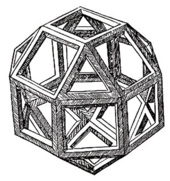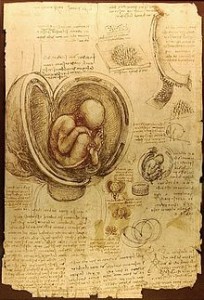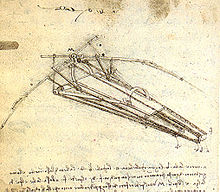Be sure to sign up for the Art Center Information newsletter and enter the drawing to win a free coffee table art book>>>Upper right hand corner of page.
The artist has always been a special breed of person in the world. Asking questions, looking for answers, but he/she has never been satisfied with letting things be. “The sun in my belly” is what Picasso called it. It has always compelled the artist to create something out of nothing. Under the artists hand, wood, stone, metal, charcoal and paint became the whole world. All of human imaginings, heaven and hell, gods and goddesses, beasts in the field and fowls in the air, artists have been creating these over and over again. Centuries of artists have made the unseen seen, given visual form to humankind’s thoughts and feelings. No wonder artists for centuries have been the priests, teachers, explorers, and yes, even the magicians.
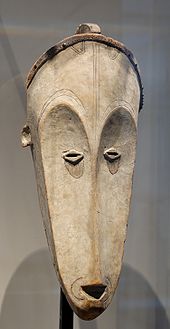
A powerful instrument for survival of primitive people was the priest (artist). He was called upon to cure all the ills with his masks and incantations, his fetishes and magic objects (created art). Of course, he was expected to avert disasters and attract good luck, romance, and what ever the tribe desired. He was in fact the earliest insurance agent…one who could protect man against the uncertainties of life and assist him to face the finalities of death.
The Coatlique, the Aztec Goddess of Death, with its necklaces of serpents and its belt of skulls, its death’s-head as a face, is probably the most condensed form of terror ever created by an artist’s hand.

The great masks and figures of Africa, the Kuan of China whose benign presence radiates serenity across the centuries. The Shaman masks of Northwest America, of Japan and New Guinea, are examples of the work of the artist-priests who used art in the functions as protectors, teachers, prophets, with visible power.
During the Middle Ages, when Christianity was the faith and refuge of millions, the artist poured his religious feelings into his art. Religious paintings, statues, stained glass windows, became the popular art of the time in the Holy Roman Empire. While the church established priesthood to propagate the faith, the Church turned to artists for ways to reach the masses of people. It’s hard to imagine Christianity without the Madonnas of Fra Angelico, Giotto, or Cimabue, or the great characters of Piero Della Francesca or Michelangelo.

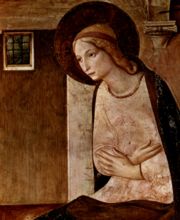
During the heyday of the Renaissance, emperors and Popes vied with each other to enlist the greatest artists for their projects. Popes Julius II and Paul III fought the Medici for the services of Michelangelo. Charles V, emperor of the Holy Roman Empire, was happy to hold the brushes of Titian while the artist painted his portrait.
Yet, even while working for the Church, artists played other roles, that of scientist, experimenter, and teacher. You have to consider Leonardo da Vinci in this role. He was a prime example of a “Renaissance Man,”not only a master of anatomy, but of optics, aerodynamics, mechanics, botany, geology, and archeology.
